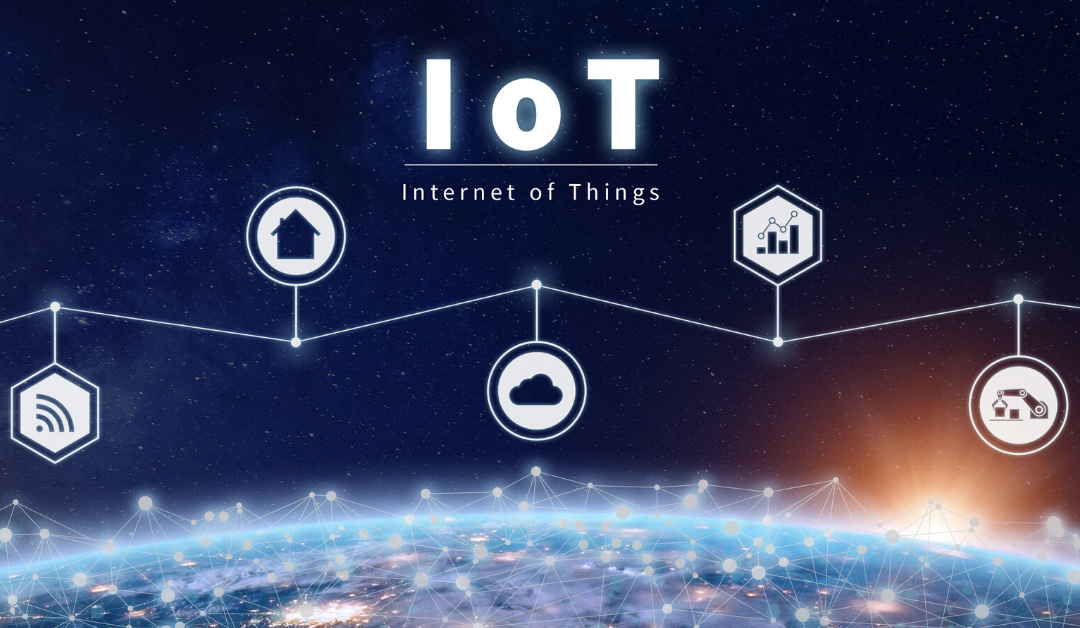Did you know there are over 21 billion connected devices thanks to the Internet of Things (IoT)? These devices are collecting data and performing countless tasks. The vast majority of them are consumer devices, like smart locks and speakers. The rest belong to businesses. Things like engine sensors, medical devices, HVAC controllers and more all fall under IoT and edge connectivity. Almost every enterprise today relies on IoT devices.
The term “Internet of Things,” loosely speaking, is any object that connects to a network that can send and/or receive data.
If 21 billion connected devices seem like a lot, Business Insider predicts that there will be 41 billion IoT devices by 2027. Smart devices, machine learning, and 5G are all enabling technology to be more efficient and to give consumers even more control.
IoT Healthcare Breakouts
The Internet of Things changes at a rapid pace, but there has been no greater impact in 2020 than the medical field. Due to COVID-19, wearable devices with remote monitoring have become paramount. Connected thermometers from Kinsa have created a network that collects a huge amount of anonymous health data that flags possible COVID-19 outbreaks.
Telemedicine has also become second nature. It has never been easier to talk to a doctor through mobile healthcare apps and the utilization of even more medical connected devices will only make monitoring and treating patients even easier.
Manufacturing and the Internet of Things
Self-driving cars and smart appliances are what come to mind when the idea of “connected devices” comes up, but the manufacturing sector is also creating new IoT innovations. Wearable devices designed to keep workers safe and efficient and intelligent machines are both new ways of putting IoT technology to good use. In fact, over 80% of industrial manufacturing companies are planning to use IoT devices.
Retailers Using IoT for Custom Experiences
Thanks to online shopping, customers have come to expect a customized shopping experience. Data analytics allow retailers to utilize past purchases, viewing history, and more to promote the type of product that a consumer would find appealing. With the Internet of Things, brick and mortar stores will be able to continue this custom experience. With RFID and beacon technology, stores will be able to shape the entire experience the moment a customer enters the building. Nearly 60% of retailers are using IoT in their stores and another 30% plan to do the same in the next two years.
IoT is already impacting the world’s network infrastructure and will continue to work with other technologies to make lives better. This technology will continue to bring great achievements and with a strong data center behind it, the possibilities are endless.

